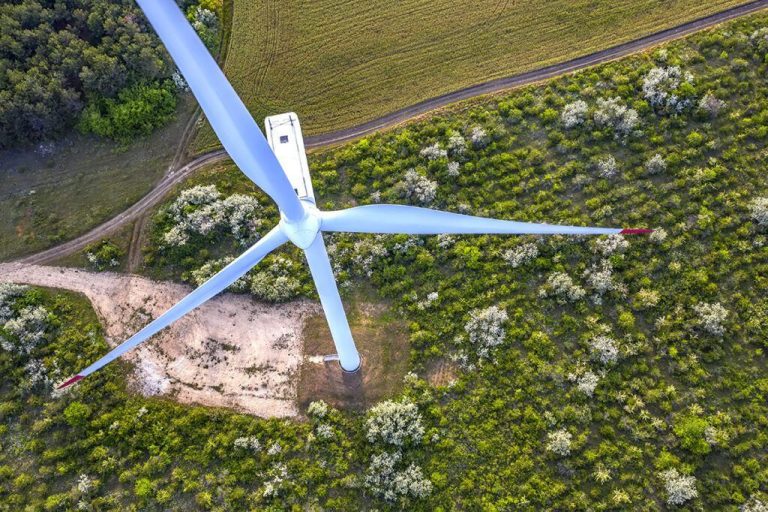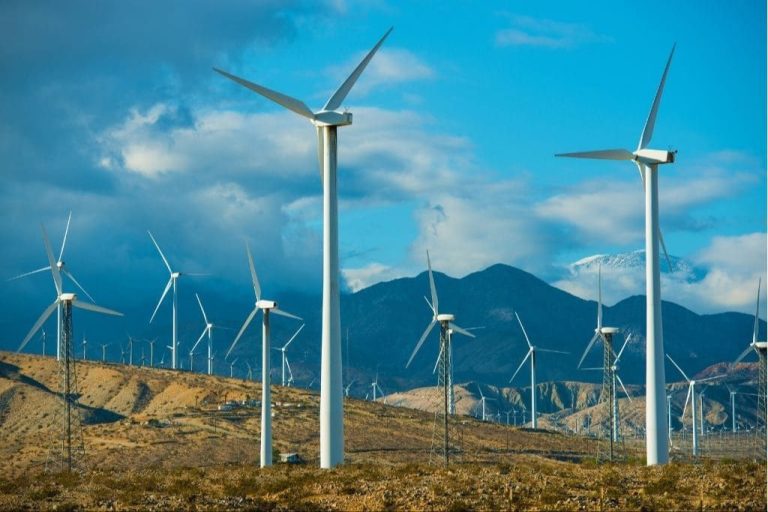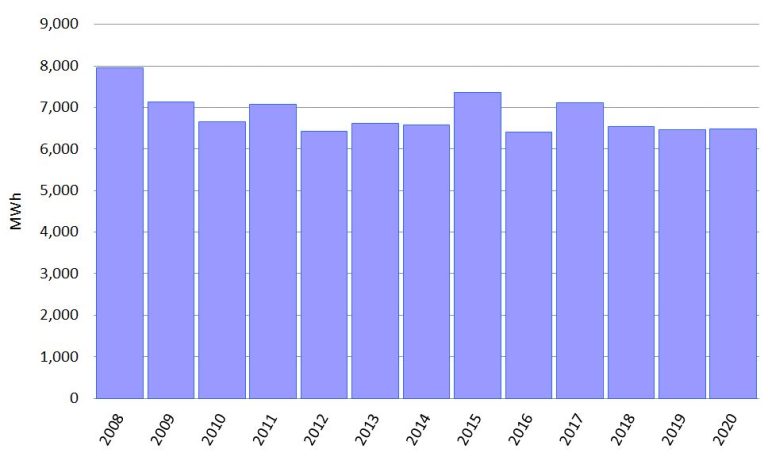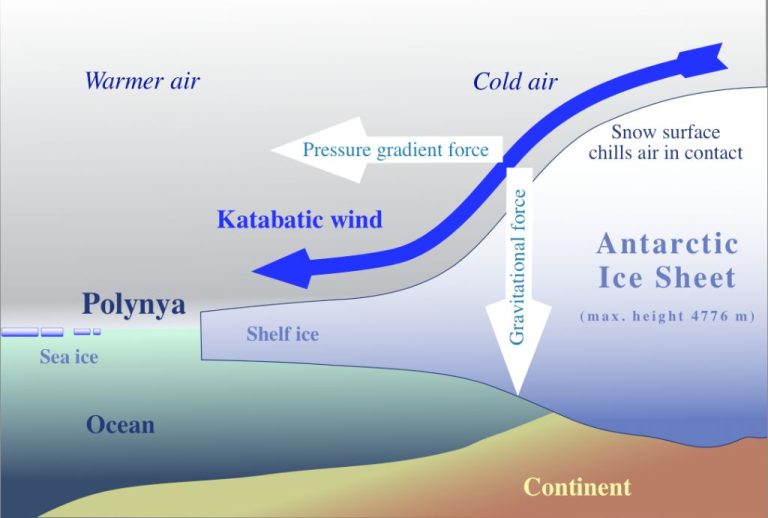Is Wind Power Cheap Or Expensive?
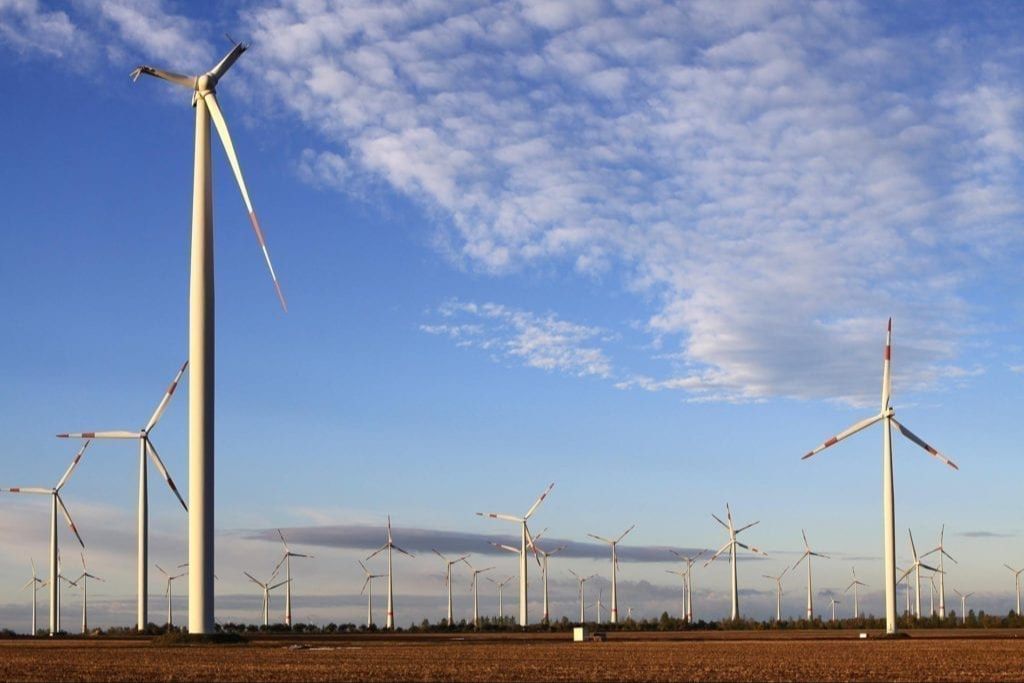
Wind power has experienced tremendous growth in recent years as a source of renewable energy around the world. According to the U.S. Department of Energy, the United States has tripled its wind power capacity over the last decade. The growth can be attributed to improvements in wind turbine technology, government incentives, and cost declines. Overall, wind energy provided over 7% of total U.S. electricity generation in 2019. With further technological advances and investments, projections estimate wind power capacity could grow substantially by 2050.
Upfront Costs
The upfront costs of wind power involve building the wind turbines and associated infrastructure. This includes expenses such as:
- Wind turbine costs – The turbines themselves are a significant capital expenditure. Modern utility-scale wind turbines can cost $1-2 million per megawatt of capacity.
- Site preparation – The site must be prepared, which may involve clearing land, constructing service roads, and more. This can cost tens of thousands per turbine.
- Grid connection – Connecting the wind farm to the electric grid requires infrastructure like substations and transmission lines. These costs depend on distance from the grid.
- Permitting – Obtaining permits and conducting environmental impact assessments incur soft costs before construction.
In total, developing a new wind farm often costs $1.5-$2 million per megawatt of capacity. Upfront costs can be reduced by building in locations with good wind resources and existing transmission capacity.
Ongoing Costs
The ongoing costs of wind power after installation are comprised of maintenance, operations, and financing expenses. Maintenance costs include regular preventative maintenance and unscheduled repairs. Typical maintenance costs for onshore wind farms are estimated to be around $30-50 per kW per year, with higher maintenance costs earlier and later in a wind farm’s lifetime. Offshore wind maintenance costs tend to be 1.5 to 2 times higher than onshore due to accessibility difficulties.
Operations costs cover day-to-day operations and management of the wind farm. This includes insurance, rent, utilities, and personnel costs for operations, management, and administration. For onshore wind, operations costs tend to be in the range of $10-$15/kW per year according to Lawrence Berkeley National Lab.
Financing costs depend significantly on the capital structure, interest rates and tax incentives available. The typical financing term is around 10-20 years. Financing costs for onshore wind farms in the U.S. have fallen in recent years and are now in the range of $10-$20/MWh according to NREL, or around 7-14% of the LCOE.
Capacity Factor
The capacity factor of a wind farm is the actual electrical energy output over a period of time compared to the maximum possible output if the wind farm operated at full nameplate capacity 100% of the time (See https://css.umich.edu/publications/factsheets/energy/wind-energy-factsheet). The capacity factor is an important metric in understanding the overall productivity and value of a wind farm.
Typical capacity factors for wind farms range from 25-50%, meaning a wind farm will produce an average of 25-50% of its maximum rated capacity over time (https://ljfo.vermont.gov/assets/docs/envy/2d50be63c1/Wind-Power-Fact-Sheet.pdf). This is significantly lower than the average capacity factors of fossil fuel power plants which can reach up to 85%.
The lower capacity factor is due to the intermittent nature of wind. Wind speeds vary over time and often wind farms cannot operate at full capacity. Locations with particularly optimal wind speeds and consistent wind patterns will have capacity factors at the higher end. Offshore wind farms generally have higher capacity factors than onshore.
While the capacity factor is lower, wind turbines convert the kinetic energy in wind to electricity very efficiently, up to 50% efficiency. However, the total MWh of electricity produced per year will be less than a fossil fuel plant of equivalent maximum capacity.
Government Incentives
The U.S. federal government has provided various incentives to support the growth of wind power. The main incentive is the production tax credit (PTC), which provides wind farm owners with a tax credit per kilowatt-hour of electricity generated. The PTC has helped drive substantial growth in wind power capacity since it was introduced in 1992. However, the PTC has required periodic renewal and has expired multiple times, creating a boom-and-bust cycle for wind farm construction. The most recent PTC renewal was in 2020 and provides a credit of 1.5 cents/kWh for new wind farms if construction begins before the end of 2025. This latest renewal is expected to spur further near-term growth.
In addition to the PTC, wind projects can qualify for other tax credits, grants and incentives at the federal, state and local level, including investment tax credits, loan guarantees, accelerated depreciation and state-level incentives. According to the Department of Energy, the combined value of federal and state incentives often provides between 30% and 40% of the total capital cost of a wind project.
While incentives have succeeded in driving growth, wind power is becoming increasingly cost-competitive even without subsidies. Some industry experts argue that incentives may no longer be necessary for wind to thrive.
Grid Integration
Integrating wind power onto the electric grid comes with additional costs compared to conventional power plants. Wind is an intermittent resource, so utilities must invest in infrastructure to balance supply and demand. According to a literature review from Synapse Energy, grid integration costs for wind are commonly less than $5 per megawatt-hour (Synapse-Energy, Renewable Energy Integration Costs). However, costs can be higher depending on the grid’s flexibility and how much wind is added. A study in the journal Energy Policy found integration costs of $25-35 per megawatt-hour when wind reached 30-40% of electricity supply (Hirth et al., Integration costs revisited, 2015). To manage wind variability, grid operators use forecasting, increase reserves, and add transmission. Overall, integration costs are manageable, but increase substantially at high wind penetration levels.
Environmental Impact
Wind power has a relatively small carbon footprint compared to fossil fuel sources. According to the U.S. Department of Energy, wind energy produces around 11 grams of CO2 per kilowatt-hour (g CO2/kWh) of electricity generated, compared with about 820 g CO2/kWh for coal and 490 g CO2/kWh for natural gas (“How Wind Can Help Us Breathe Easier,” https://www.energy.gov/eere/wind/articles/how-wind-can-help-us-breathe-easier).
The carbon emissions from wind power come mostly from manufacturing, installation, maintenance, and decommissioning of the turbines. According to researchers at Yale Climate Connections, the life cycle carbon footprint of onshore wind power is around 12 g CO2/kWh, while offshore wind is slightly higher at around 15 g CO2/kWh (“What’s the carbon footprint of a wind turbine?,” https://yaleclimateconnections.org/2021/06/whats-the-carbon-footprint-of-a-wind-turbine/).
In terms of land use, wind turbines only require about 1% of the total land area to be used for the turbines and access roads, allowing the rest to be used for other purposes like agriculture (“What is the carbon footprint of offshore wind?,” https://us.orsted.com/renewable-energy-solutions/offshore-wind/seven-facts-about-offshore-wind/carbon-footprint). So while wind power does have some impacts, its overall environmental footprint is relatively small.
Public Opinion
In recent years, public support for expanding wind power in the United States has become more polarized along political lines. According to a 2021 Pew Research report, 84% of US adults support expanding solar panel farms and 77% support expanding wind turbine farms. However, while 93% of Democrats favor more solar farms and 85% favor more wind farms, only 73% of Republicans support expanding solar and 67% favor expanding wind.
There are also regional differences in support. A recent poll in New Jersey found that just 54% of residents now favor offshore wind projects, down from 72% two years ago. According to the poll, opposition is mainly driven by residents in shoreline communities that would be impacted by views of the turbines.
Overall, support for wind power remains high nationally, but opposition has grown among some groups like coastal residents and conservatives. Addressing concerns around views, wildlife impacts, and local economic benefits may help sustain broader public backing for expanding wind energy.
Price Trends
The costs of wind power have decreased dramatically in recent decades. According to the Lawrence Berkeley National Laboratory, experts anticipate cost reductions of 24%-30% by 2030 and 35%-41% by 2050 under median forecasts, driven by larger and more efficient turbines. The International Energy Agency also predicts that electricity generation costs from new onshore wind plants will decline after 2024, though not rapidly enough to fall below 2021 levels before 2026.
These declining costs make wind power increasingly competitive with fossil fuel sources. The renewable energy revolution is driving rapid technology improvements that should lead to even lower prices by the end of the decade according to experts. Overall, the data shows a clear downward trend in wind power costs over the past 10-20 years, with expectations that this decline will continue into the future.
Conclusion
When evaluating the cost of wind power, it’s important to look at several factors. The upfront costs to build a wind farm are substantial, though costs have come down over time as turbine technology improves. Operating costs tend to be low once the turbines are installed. However, wind power has a low capacity factor, meaning turbines only generate a fraction of their maximum potential output due to the intermittent nature of wind. Various government incentives like production tax credits help make wind power more economically viable. Connecting wind farms to the grid can require building new transmission infrastructure. Wind power has environmental benefits over fossil fuels, but also raises issues like bird deaths. Public opinion on wind farms is mixed, with some concerned over noise, views, and other local impacts. While wind power costs have fallen dramatically in recent decades and are now competitive with fossil fuels, future price trends may depend on the level of continued government support. Overall, determining whether wind power is “cheap” or “expensive” requires looking holistically at all these factors.

